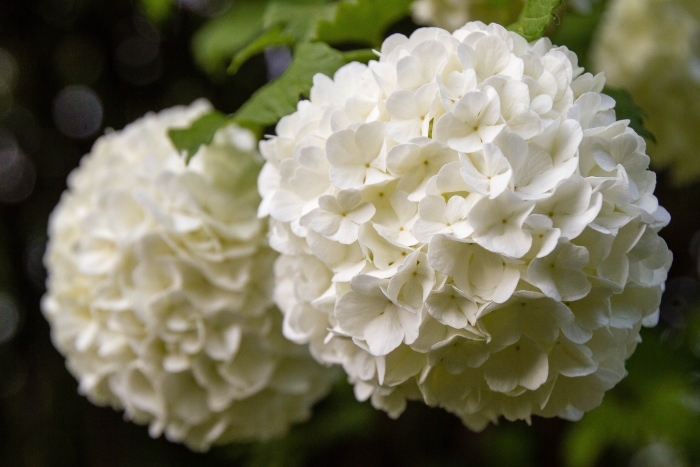Guelder Rose
(Viburnum opulus)
Guelder Rose (Viburnum opulus)
/
/

Fulvio Spada from Torino, Italy
CC BY-SA 2.0



















































































Estimated Native Range
Summary
Guelder Rose is valued for its ornamental features, including the lacecap flower heads, vibrant autumn foliage that turns a reddish-purple, and the winter berries. It is used in mixed borders, as a specimen plant, or for naturalistic plantings, and is also popular for creating wildlife-friendly gardens. It thrives in full sun to part shade, prefers moist but well-drained soil, and tolerates a range of pH levels, including moderately alkaline conditions. ’Roseum’ (syn. ’Sterile’, ’Snowball’) is a popular cultivar with all sterile flowers, forming large, snowball-like clusters. While generally low-maintenance, Viburnum opulus can be susceptible to pests like viburnum leaf beetles and diseases such as leaf spot. It is potentially invasive in some regions, such as the northeastern United States, and should be planted with caution outside its native range.CC BY-SA 4.0
Plant Description
- Plant Type: Shrub
- Height: 10-15 feet
- Width: 10-15 feet
- Growth Rate: Moderate
- Flower Color: White
- Flowering Season: Spring
- Leaf Retention: Deciduous
Growth Requirements
- Sun: Full Sun, Part Shade
- Water: Medium
- Drainage: Medium
Common Uses
Bee Garden, Bird Garden, Border Plant, Butterfly Garden, Fragrant, Hedges, Showy Flowers, Street Planting
Natural Habitat
Moist deciduous forests, forest edges, and along streams throughout Europe, northwest Africa, and central Asia
Other Names
Common Names: Cramp Bark, Guelder-Rose, European Cranberrybush, Common Snowball, European Cranberry Viburnum, European Highbush Cranberry, Cranberry Viburnum, Water Elder, Almindelig Kvalkved, Kvalkved
Scientific Names: , Viburnum opulus, Viburnum roseum, Viburnum nanum, Viburnum opulus var. roseum, Viburnum americanum, Viburnum glandulosum, Viburnum oxycoccos, Viburnum opulus subsp. roseum, Viburnum opulus var. europaeum
GBIF Accepted Name: Viburnum opulus L.